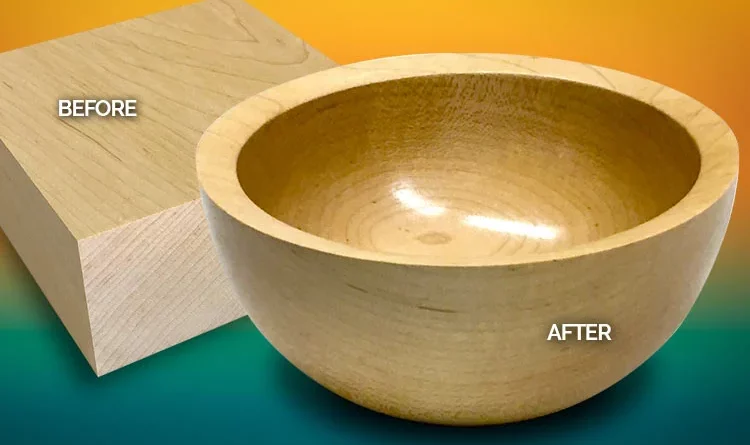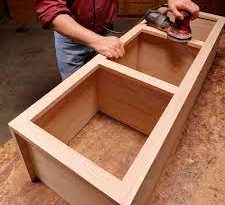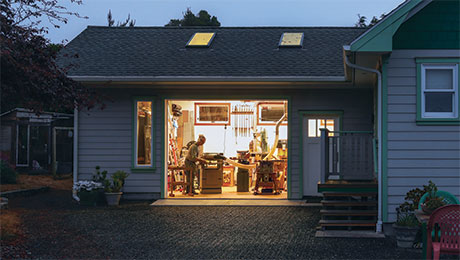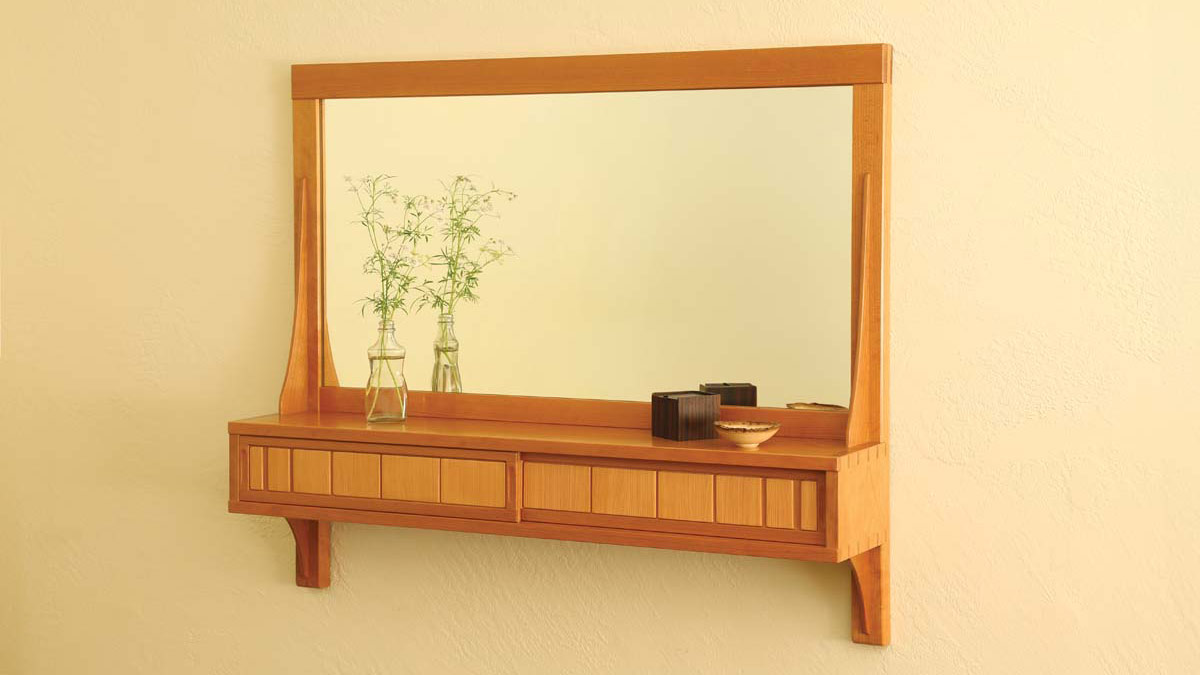Woodturning A Wooden Bowl
When undertaking bowl-making projects, I usually prefer working with greenwood. Over the years as I have done bowl turning, I have come to learn that green hardwood turns easier and faster than dry wood, making turning much simpler. I have also learned to make thin bowl walls to avoid cracks as the bowls dry. Thin side walls tend to warp as they dry. The trick here is to make the thickness thin enough so as not to crack and thick enough so you will be able to cut out the warp.
My project aims to preserve the importance of trees. I also seek to bring out the aesthetic values of the different species of trees, utilizing wood that has high character and color that is generally considered less useful for commercial purposes, in every bowl I make.
To make a bowl out of wood, you need to have a stock of wood in your shop. However, if you do not have the material available, you need to visit your local forest (with the land owner’s permission) or a firewood pile, or any other area in your locality where these pieces of wood can be found. Alternatively, you can cut tree stumps along your walkways and add them to your hoard.
To start the process of bowl turning, you need to size the wood, so that it meets your goal and fits the lathe. Next, you need to find the center point of your blank. You can use a compass to enable you to locate the center of the wood. Then use a chain saw to remove the sharp corners or use a band saw to cut the bowl blank round. Use a faceplate or a scroll chuck to fix it to the lathe and give it a spin to test if it is truly centered.
The lathe can now be switched on and woodturning started; increase the lathe speed gradually as the bowl becomes round and balanced. By use of a bowl gouge to round the rough the blank. This will start giving your blank your preferred shape. A sharp gouge will leave the wood with a smooth texture.
Having completed the outer part of the bowl, you can reverse the bowl and start excavating the inside of the bowl. Use the bowl gouge to do this. The size of the tools depends on the size of the project. Larger tools have less vibration.
To check the depth of your bowl, use the straight edge across the bowl and measure the depth, or you can use bowl calipers. These two measuring techniques can help you know how far you are from your target thickness and depth. After finishing the rough turning you will want to put the bowl in a dry warm place to dry.




